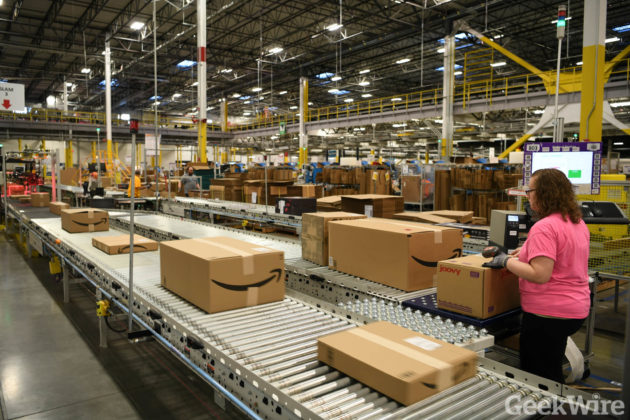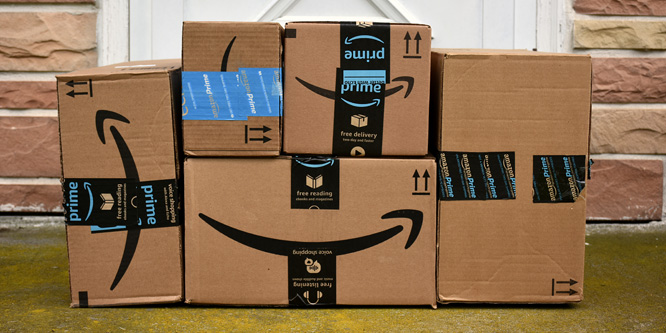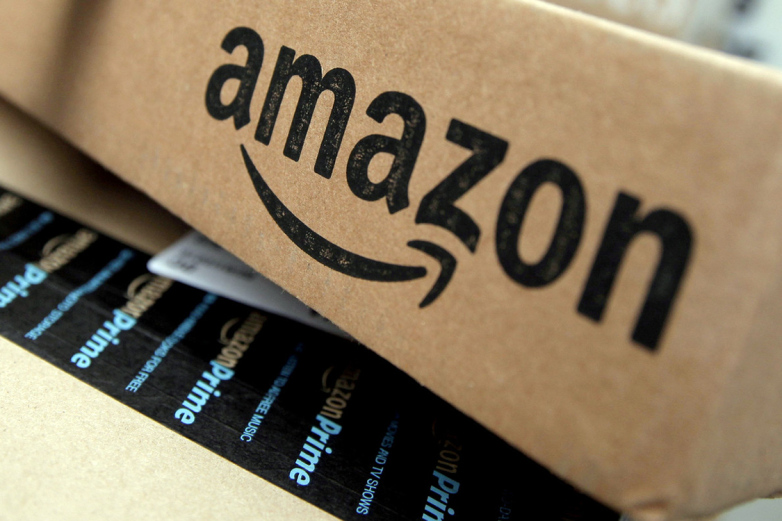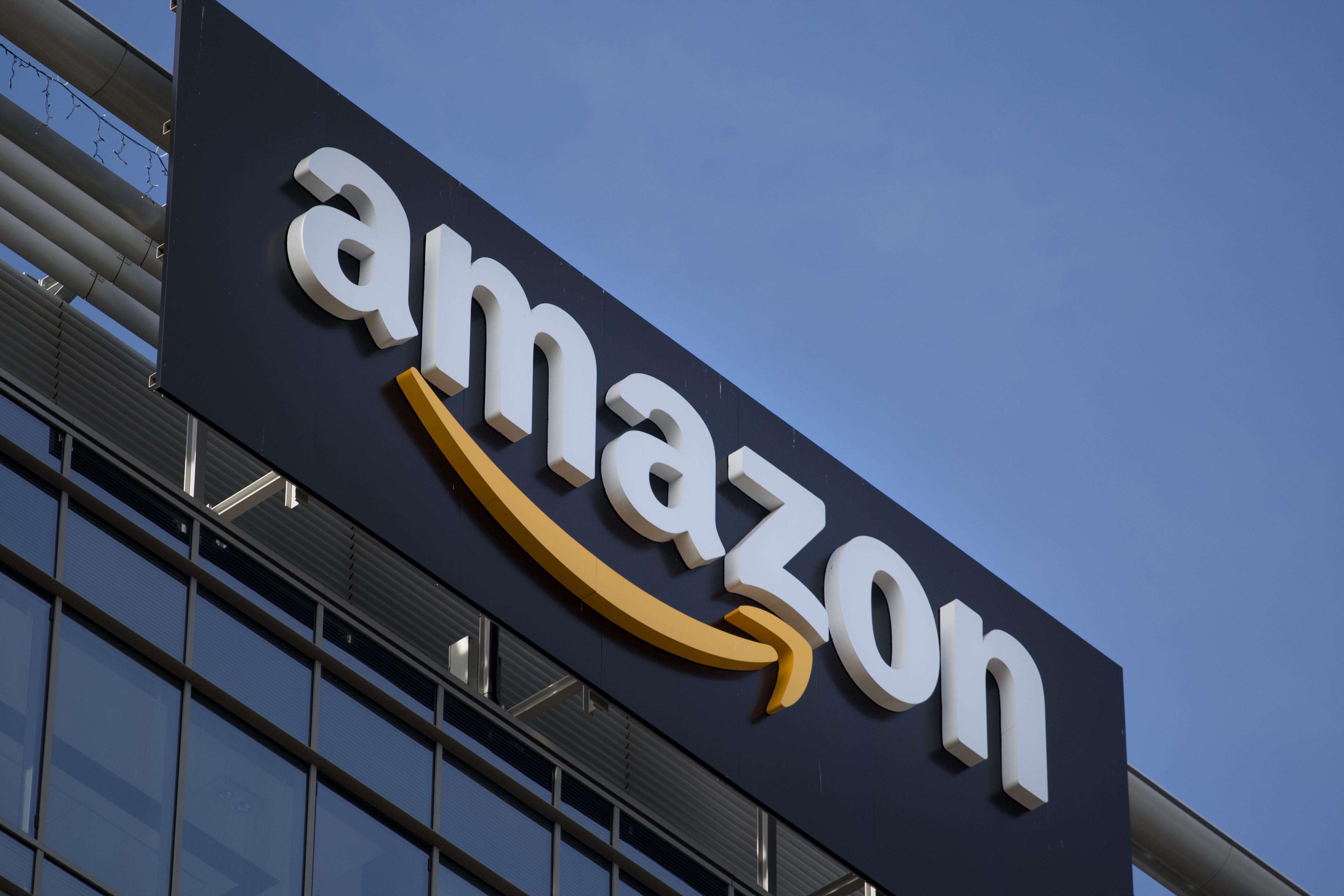

What is Amazon Posts?
Amazon Posts is a new browse and discovery experience on Amazon focused on brand-shopping. Posts help shoppers discover new products and see what’s new from brands by browsing feeds of brand-curated content.
Posts link to product detail pages, making each post in a feed shoppable, and each post includes category tags so shoppers can continue exploring posts in related categories.
10 Amazon Statistics You Need to Know in 2020 [Amazon Stats Infographic]
The year was 1994 when Bezos quit his job and launched Amazon out of his garage. In 1995, the first item was ordered online on Amazon – a book. In the first month of its launch, Amazon had already sold books to people in all 50 states and in 45 different countries. Within 30 days, it had generated $20,000 per week in sales.
In the 25 years since Amazon was launched, it holds the title as the world’s largest online retailer and has become a household name.
Amazon has become synonymous with online shopping. And it continues to grow by developing new products, acquisitions, and various different service offerings that continue to enlarge its customer base. Amazon has broadened its target market to try to cover as many customers as possible. And it’s doing a great job, because there seems to be something for everyone on Amazon. As online shopping becomes increasingly popular, people turn to Amazon for just about everything, whether that’s everyday groceries or seasonal gifts.
So if you’re looking for ideas to sell on Amazon, or you need some inspiration to build your own ecommerce store, these latest Amazon statistics will help motivate you to get started.
Let’s get started. Here are the top 10 Amazon Statistics that you need to know about in 2019.
Amazon unveils new ‘IP Accelerator’ to battle fraud on its platform, help sellers trademark products
Amazon’s quest to stamp out fraud on its online retail platform is getting a jolt as the tech giant today announced a new accelerator program designed to help sellers protect their creations.
The new Intellectual Property Accelerator takes a unique approach to battling fraud by connecting small- and medium-sized businesses with a group of law firms that specialize in trademarks and IP. Sellers who participate in the program — whether their products are available on Amazon’s retail stores or not — get discounted rates from the law firms. Once they file for trademarks they receive access to Amazon’s suite of fraud prevention tools.
Dharmesh Mehta, Amazon’s vice president of customer trust and partner support, said in an interview with GeekWire that 99.9 percent of what customers see on the site is legitimate. However, the company has a lofty goal of eradicating all fraud from its marketplace.
“On one end, I can look at that and say the vast majority of what customers are encountering are genuine, authentic selections,” Mehta said. “On the flip side, we’re not going to be happy until it’s 100 percent and there’s zero counterfeit.”
Analyst: Amazon’s new 1-day shipping initiative will increase sales by up to $24B, drive stock to $2,600
Amazon’s ambitious plan to offer one-day delivery for Prime members is already costing more than expected. But at least one investment bank is betting that the shipping initiative will be a long-term boon for the company’s stock price and overall sales.
Based on increased Prime adoption and increased spend per Prime member household from the one-day offering, RBC Capital Markets analyst Mark Mahaney said in a research note Tuesday that Amazon can generate up to an additional $24 billion in total annual revenue. That’s an increase of about 10 percent, based on the company’s 2018 results. The firm also raised its 12-month stock price target from $2,250 to $2,600, up nearly 50 percent from Amazon’s closing price of $1,789 on Tuesday.

By Spencer Soper • May 28, 2019


Amazon forecasted an $800 million expense for the second quarter related to the initiative and in July it said those costs were higher than projected as the tech giant expands capacity with its transportation networks and warehouses.
Amazon announced plans earlier this year to shift its free-two day shipping program for Prime members to one day, speeding up delivery times for the company’s most valuable customers. It is currently rolling out one-day shipping first in North America and then internationally. Amazon said in June that free one-day shipping was available to Prime members on more than 10 million products, with no minimum purchase amount.
The company hopes that the strategy adds more value to its $119/year Prime memberships and increases the amount of purchases customers make on Amazon versus elsewhere — including physical retailers.

By Spencer Soper • May 28, 2019

Amazon is poised to unleash a long-feared purge of small suppliers
(Bloomberg) — Two months ago, Amazon.com Inc. halted orders from thousands of suppliers with no explanation. Panic ensued — until the orders quietly resumed weeks later, with Amazon suggesting the pause was part of a campaign to weed out counterfeit products. Suppliers breathed a sigh of relief.
Now a larger, more permanent purge is coming that will upend the relationship between the world’s largest online retailer and many of its long-time vendors.
In the next few months, bulk orders will dry up for thousands of mostly smaller suppliers, according to three people familiar with the plan. Amazon’s aim is to cut costs and focus wholesale purchasing on major brands like Procter & Gamble, Sony and Lego, the people said.
“This is the kind of change that will scare the living daylights out of brands selling on Amazon,” said James Thomson, who organizes the Prosper Show, an annual e-commerce conference focused on Amazon. “Amazon usually doesn’t give a lot of lead time and brands will be left scrambling. If they make this change soon, brands will have until the end of the summer to get their acts together or their holiday quarter will be at risk.”
In an emailed statement, an Amazon spokeswoman said: “We review our selling partner relationships on an individual basis as part of our normal course of business, and any speculation of a large scale reduction of vendors is incorrect.”

In the next few months, bulk orders will dry up for thousands of mostly smaller suppliers, according to three people familiar with the plan. Amazon’s aim is to cut costs and focus wholesale purchasing on major brands like Procter & Gamble, Sony and Lego, the people said. That will ensure the company has adequate supplies of must-have merchandise and help it compete with the likes of Walmart, Target and Best Buy.
Amazon Surpasses Walmart As The World's Largest Retailer
Lauren DebterForbes Staff
It was bound to happen sooner than later: Amazon has surpassed Walmart as the biggest retailer on the planet.
The e-commerce juggernaut jumped 25 spots to #28 on Forbes‘ Global 2000 list of the world’s biggest public companies, as measured by a composite score of revenues, profits, assets and market value. That was sufficient enough for it to steal the title of the world’s largest retailer away from Walmart, which slipped five spots to #29 on this year’s overall list.




Why brands need to use Amazon to acquire customers
by Phil Masiello on Apr 25, 2018
As the generations raised on the internet continue to enter into adulthood, the way we do business and market products needs to shift with them. For many of these consumers, not to mention their elders, online shopping has become nearly synonymous with Amazon.com. That doesn’t in any way discount the need for a strong brand of your own, but the reality is, you may need to change what you think you know about how the consumer shops online.
Amazon Vendor Central v. Seller Central: What Are the Benefits?
by: Trinity Hartman on October 18, 2017
Are your products selling like hotcakes on Amazon? Has an Amazon buyer contacted you about selling via Vendor Central? Are you a frustrated vendor looking to make the switch to Seller Central? We put together this article to outline the strengths and weaknesses of both seller and vendor central and to help you decide if you should have one, the other, or even both.


Which “Central” Should You Use?
The fundamental dierence between Vendor Central and Seller Central is who will be selling your products. With Vendor Central, Amazon’s retail team buys and resells your products to their customers. With Seller Central, you are selling directly to Amazon’s customers. There are signicant dierences between the two, so it’s important to fully understand the potential opportunities and drawbacks with each. Before getting into the nitty-gritty, let’s dene Amazon Vendor Central and Amazon Seller Central and give an overview of what each oers.
What Is Seller Central?
Amazon Seller Central is the web interface used by brands and merchants to market and sells their products directly to Amazon’s customers. If you have a Seller Central account, you’re considered a marketplace or third-party seller. As a marketplace seller, you have two options for fullling orders you receive from Amazon’s customers. You can handle the shipping, customer service, and returns for each individual order yourself or you can allow Amazon to handle this for you by enrolling your products in the Fullled by Amazon or “FBA” program. Some brands also use Seller Central as a tool to control the messaging of products not being sold via Vendor Central.


Amazon Vendors Being Pushed To Seller Central
Amazon has made a series of moves that suggest that more Vendors will need to move to Seller Central. I first wrote on Forbes on Monday night how many vendors didn’t receive Purchase Orders (POs) this week, and the confusing rationales given by Amazon. ”
Since then, there’s been a lot of discussion in the vendor community about what this could mean for a vendor based on what kind of message they actually received from Amazon, speculation on why Amazon is making the move, and how to move forward. Amazon responded to Digiday’s report yesterday to say that there is no program that currently exists called “One Vendor”.



